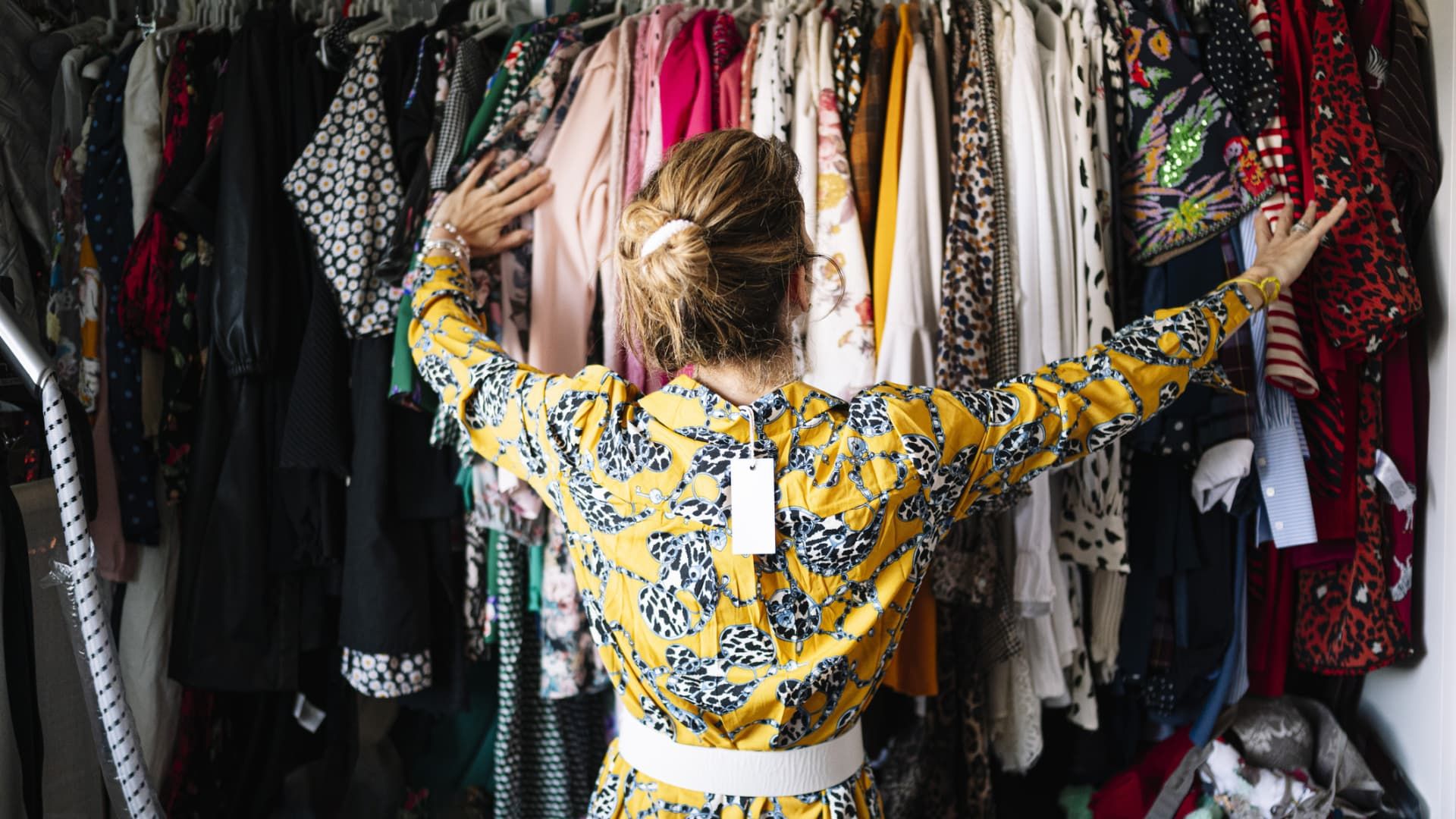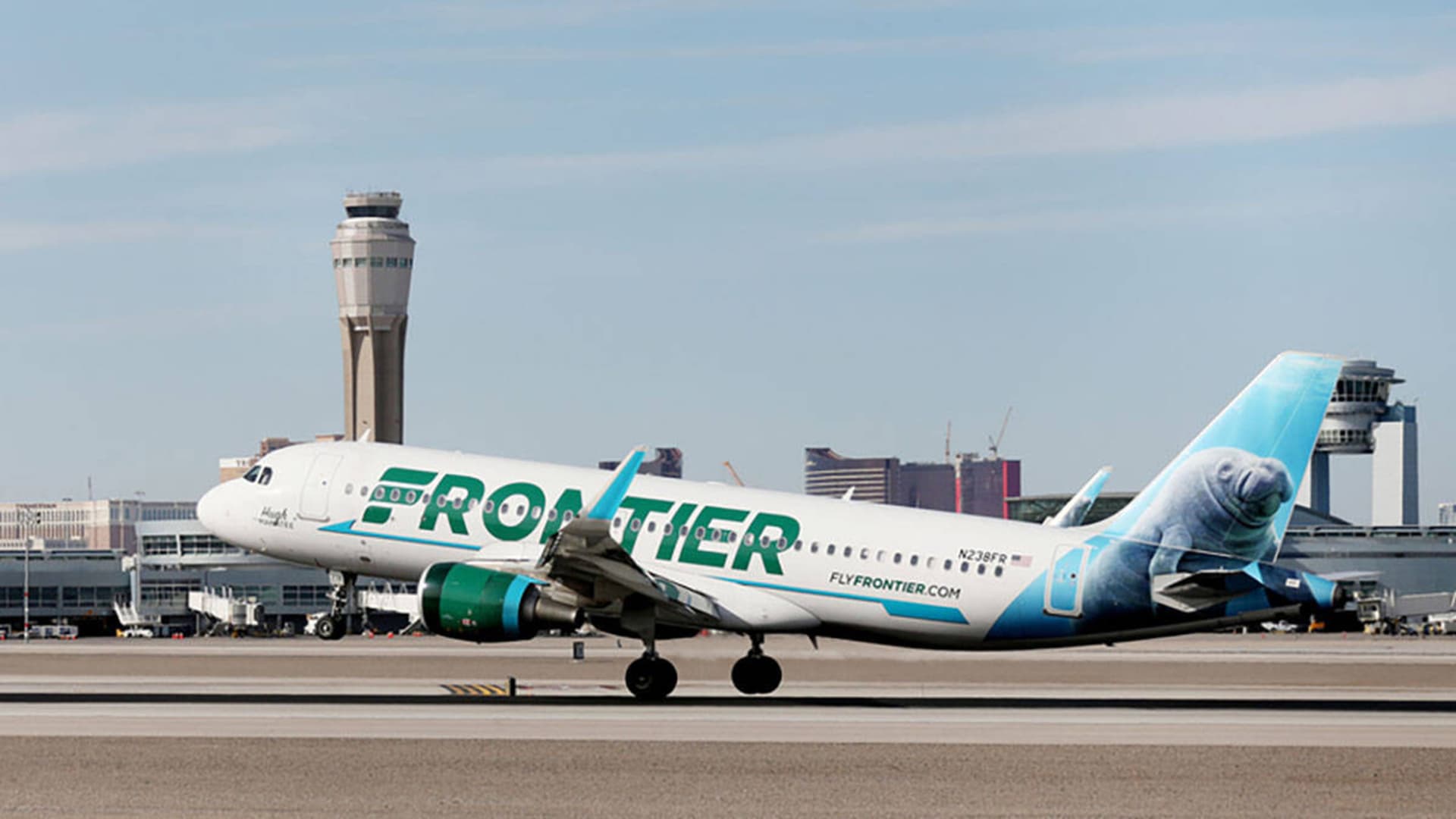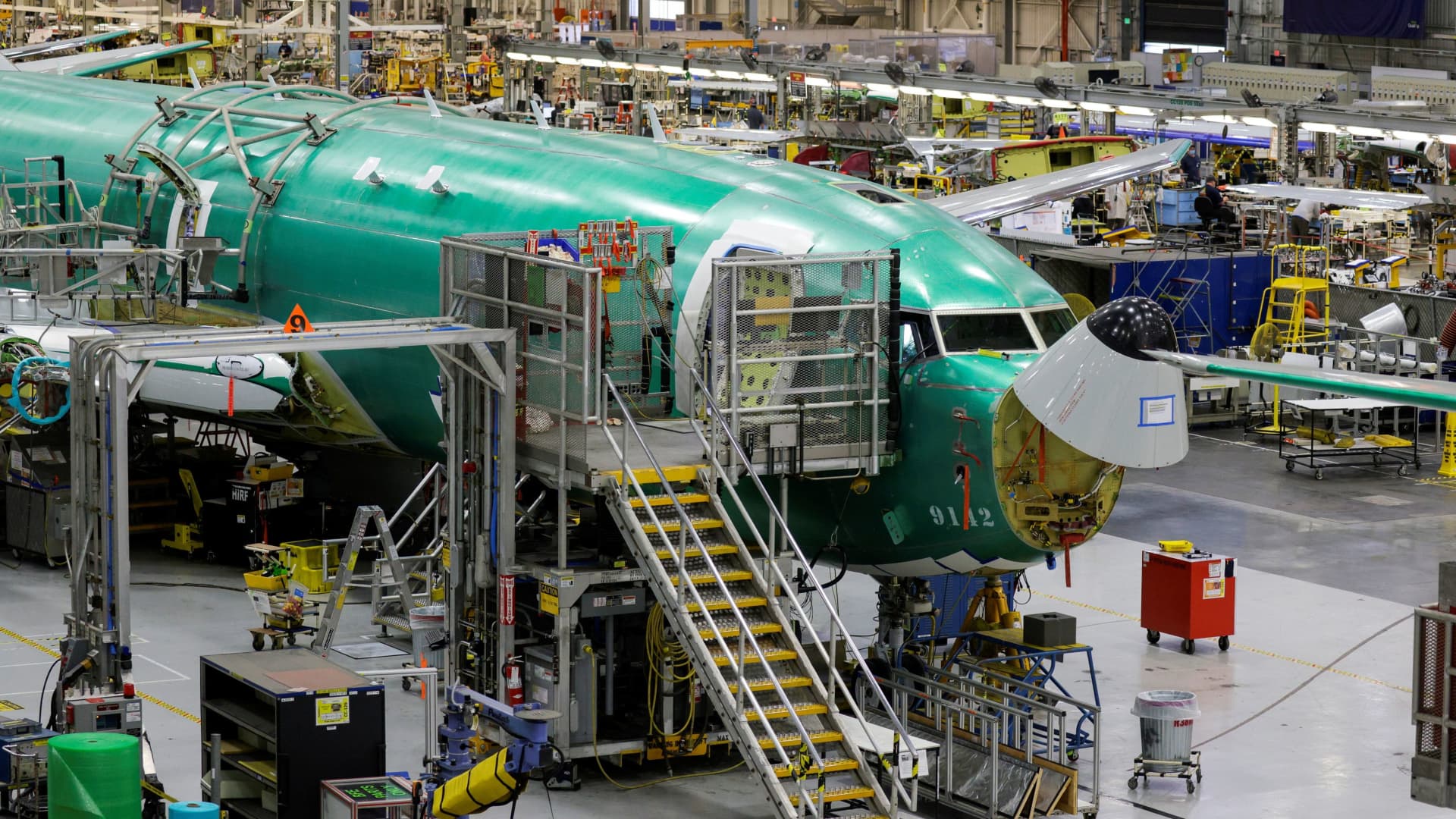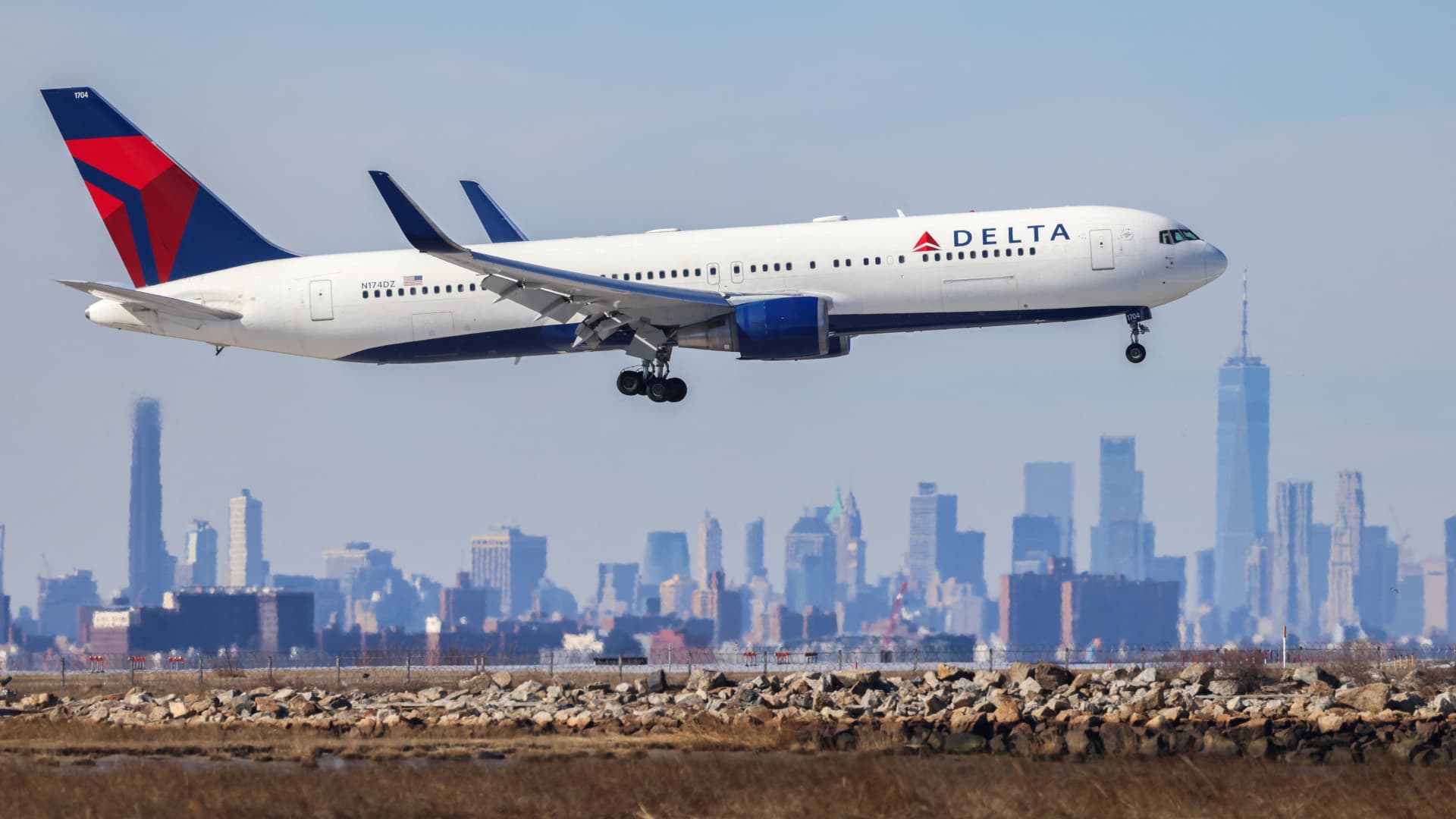A particular type of retail fraud spikes during the summer season.
“Wardrobe shopping,” where a shopper buys an expensive item, wears it with the tags on and then returns the product for a refund, is gaining momentum as shoppers beef up their wardrobes for the summer holidays, according to returns management software company Optoro.
“During the summer and cruise season, from July to September, we see return rates for apparel and swimwear double or triple, with swimwear alone accounting for 5-15% of returns,” said Amena Ali, CEO of Optoro. “This highlights the fine line between regular customers and scammers.”
Forty percent of the wardrobe of young people between 18 and 29 years old, according to data from Optoro.
In an Optoro returns survey from November 2023, 30% of shoppers admitted to purchasing an item for a specific event and then returning it once the occasion was over.
The challenge for retailers is handling items when they receive returns.
“For seasonal items like cruise wear and swimwear, prompt but thorough inspection and replenishment is critical to preserving as much value as possible before the season ends,” Ali said. “Time sensitivity is crucial in this fight – ideally, fraud can be detected at the time or, better yet, before it occurs.”
Ali warned that if products remain in the returns process, the delay can lead to significant markdowns or the need to send items to secondary retail channels, such as stores like TJ Maxx, discount stores or liquidators.
Ali told CNBC that when a stored item returns to a store or warehouse, the best course of action depends on its value and condition.
“A $10 swimsuit returned in poor condition may not be worth the cost of cleaning or repair, and will likely be sent through resale, donation or recycling channels,” Ali said. “It’s imperative that items that were clearly worn for a summer vacation and are returned do not go unnoticed by the next customer – protecting brand perception and customer loyalty is paramount.”
Scot Case, executive director of the National Retail Federation's Center for Retail Sustainability, said shelf storage can increase costs and waste for retailers if the product can no longer be resold. That's why retailers are taking action.
“Some retailers are addressing the problem by reducing the time consumers have to return items, eliminating free returns or requiring consumers to return items in-store, where an employee can examine them before the consumer receives a refund,” Case said.
Companies like it Best Buy, Gap and American Eagle Suppliers Use Optoro's reverse logistics AI software to quickly manage your returns, identify fraud, and quickly replenish products on store shelves to avoid markdowns.
“Time is literally money,” Ali said. “The faster you can sell the product, the less likely you are to have to mark it down. Having a smart layout system allows you to recover costs and maximize profitability.
Stephen Lamar, CEO of the American Apparel and Footwear Association, told CNBC that returns, whether for apparel issues or other reasons, have become a key focus for retailers and brands, especially in the age of e-commerce.
“Supply chain technology, powered by AI, is increasingly being deployed to enable consumers to find and enjoy the fashion they want at the right price, in the right quality, and at the right time,” Lamar said. “As companies create and integrate take-back programs to repair and resell used items, returns take on a new role, driving a new circular marketplace.”
According to Optoro, 30% of the cost associated with a return is due to shipping. Strategies such as third-party delivery points and returns without boxes or labels are being used to reduce these costs.
“AI and software can reduce the number of touches on a returned product by 50%,” Ali said.
Ali said using AI in an end-to-end digitalized returns system can also help a retailer identify a trusted buyer and ensure that like-new products are identified and restocked at full price.
Optoro data shows that approximately 95% of products that cannot be resold go to a secondary channel. 5% of products end up in a landfill or are donated.
“We see a wide range of numbers in terms of recovery, anywhere from a 5% to 45% improvement in certain categories depending on the brand, but this is a significant amount of money when talking to enterprise retailers,” Ali said. “A global footwear manufacturer that was sending a large portion of returned inventory to be destroyed/recycled was able to increase its resale to secondary channels with an improvement in the return.” global recovery for that segment of 45%.”
The top three categories Optoro customers looked at were kitchen and dining, men's shoes and women's apparel.
Return rates vary by category and brand or retailer. Some customers see return rates as high as 40%. Apparel tops the return category with a 25% rate, followed by bags, accessories and shoes at 18%, miscellaneous accessories at 13% and consumer electronics at 12%, according to Statista.
The average value of an item returned by Optoro customers is $85. The highest value of a returned item in the survey was $200.
Correction: This story was updated to correct the spelling of Stephen Lamar's name. In an earlier version, it was misspelled.










